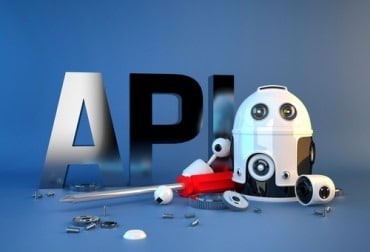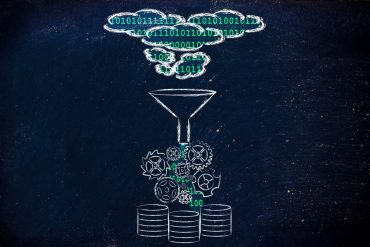
Part 1: Limitations of Cloud-Centric Architectures
Why cloud-centric architectures traditionally used in consumer IoT applications fall short when it comes to a larger class of IoT applications, especially those of the IIoT.
As the Internet of Things (IoT) continues its rapid pace of growth, there has been no shortage of inflated expectations. Platforms promising to ease the development, deployment and management of IoT systems are now counted in the hundreds. You might be led to believe that all you have to do is pick a platform you like the best, from the vendor you trust the most, and go build your IoT system. Well, the story is not so simple!
In reality, nearly all of the IoT platforms available on the market today are designed to only support cloud-centric architectures. These platforms centralize the “intelligence” in the cloud and require data to be conveyed from the edge to do anything useful with it. Considering the success of the cloud-centric model in IT (and in some IoT applications such as fleet management), you may wonder: “What’s the big deal?”.
Limitations of Cloud-Centric Architectures
Cloud-centric architectures are not applicable to a large class of IoT applications. Most notably, cloud-centric architectures fall short in supporting Industrial IoT (IIoT) systems and struggle with more demanding Consumer IoT applications.
The scary part is that the situation will only get worse with the predicted increase in the number of connected “things”—which could be anywhere from 50 -200 billion by 2020 according to Cisco, IDC and others.
But it’s more than just the sheer number of “things” that is the problem. There is something more fundamental limiting cloud-centric architectures’ applicability for IoT systems. Below, I’ve broken down these key fundamental issues.
Connectivity
Cloud-centric architectures assume that sufficient connectivity exists from the “things” to the cloud. This is necessary for (1) collecting the data from the edge, and (2) pushing insight or control actions from the cloud to the edge. Yet, connectivity is hard to guarantee for several IoT/IIoT applications, such as smart autonomous consumer and agricultural vehicles. As you can imagine, connectivity may be taken for granted in metropolitan areas, but not so much in rural areas.
Bandwidth
Cloud-centric architectures assume that sufficient bandwidth exists to bring the data from the edge into the data center. The challenge here is that several IIoT applications produce incredible volumes of data. For instance, a factory can easily produce a 1 terabyte of data per day— and these numbers will only grow with the continued digitalization of factories.
Latency
Let’s assume that the connectivity and bandwidth problem is solved. Is that sufficient? The short answer is no. There are still a large class of IIoT systems for which the latency required to send data to the cloud, make decisions and eventually send data toward the edge to act upon these decisions may be completely incompatible with the dynamics of the underlying system. A key difference between IT and IoT/IIoT is that the latter deals with physical entities. Reaction time cannot be arbitrary. It must be compatible with the dynamics of the physical entity or process with which the application interacts. Failing to react with the proper latency can lead to system instability, infrastructure damage, or even risk to human operators.
Cost
In the age of smartphones and very cheap data plans, most people assume that the cost of connectivity is negligible. The reality is quite different in IIoT due to either bandwidth requirements or connectivity points. While in consumer applications, the individual person—the consumer—pays for connectivity, in most IoT/IIoT applications, such as smart grids, it is the operator who pays the bill. As a result, the cost is usually carefully considered, as it affects OPEX and consequently operational costs and margins.
Security
Finally, even assuming that all the above listed issues are addressed, when security is an issue, a large class of Industrial IoT applications are either not comfortable with, or are prevented by regulations from pushing their data to a cloud.
In summary, unless you can guarantee that the connectivity, bandwidth, latency, cost and security requirements of your application are compatible with a cloud-centric architecture (1) you need a different paradigm, and (2) 99.9% of the IoT platforms available on the market are not of much use.
Related:





























